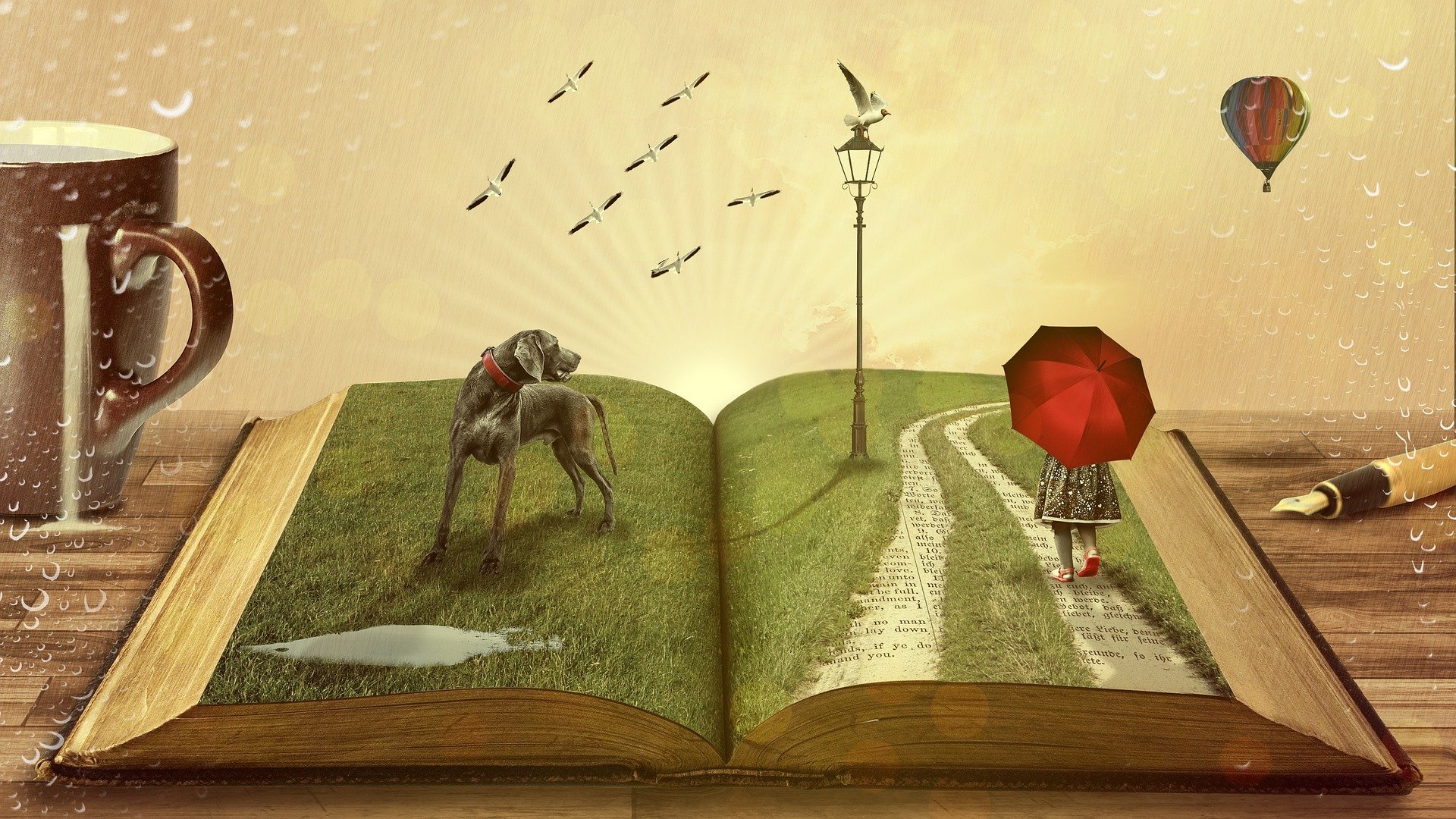What are interesting story books for children of different age groups?

Introducing storybooks to children at a young age is crucial for their development in numerous ways:
- Language Development: Storybooks expose children to a wide range of vocabulary and sentence structures, helping to expand their language skills and comprehension abilities.
- Cognitive Skills: Reading books encourages critical thinking, problem-solving, and imagination, as children engage with characters and story plots.
- Emotional Intelligence: Storybooks often explore themes of empathy, kindness, and resilience, helping children understand and manage their emotions.
- Bonding and Connection: Reading together creates a special bond between children and caregivers, fostering positive relationships and shared experiences.
- Academic Success: Early exposure to books lays the foundation for academic success later in life, as reading proficiency is linked to overall academic achievement.
As for which books to introduce at what age:
- Infants and Toddlers (0-2 years): Board books with simple pictures and few words, nursery rhymes, and interactive books with textures or flaps.
- Preschoolers (3-5 years): Picture books with engaging stories, repetitive phrases, and vibrant illustrations. Stories with themes of friendship, emotions, and everyday experiences are ideal.
- Early Readers (6-8 years): Beginning chapter books with simple language and larger font sizes. Series books with relatable characters and adventures are popular choices.
- Middle Grade Readers (9-12 years): Longer chapter books with more complex plots and character development. Fantasy, mystery, and adventure stories are often well-received.
Ultimately, the most important factor is to choose books that match the child’s interests, abilities, and developmental stage, fostering a love of reading that will last a lifetime.
Here are some popular storybooks suitable for children of different age groups:
For Preschoolers (Ages 3-5):
- “The Very Hungry Caterpillar” by Eric Carle
- “Where the Wild Things Are” by Maurice Sendak
- “Goodnight Moon” by Margaret Wise Brown
- “Brown Bear, Brown Bear, What Do You See?” by Bill Martin Jr. and Eric Carle
- “Chicka Chicka Boom Boom” by Bill Martin Jr. and John Archambault
For Early Readers (Ages 6-8):
- “The Magic Tree House” series by Mary Pope Osborne
- “Diary of a Wimpy Kid” series by Jeff Kinney
- “Charlotte’s Web” by E.B. White
- “Matilda” by Roald Dahl
- “The Tale of Despereaux” by Kate DiCamillo
For Middle Grade Readers (Ages 9-12):
- “Harry Potter” series by J.K. Rowling
- “Percy Jackson & the Olympians” series by Rick Riordan
- “The Chronicles of Narnia” series by C.S. Lewis
- “Wonder” by R.J. Palacio
- “Holes” by Louis Sachar
These are just a few examples, and there are countless other wonderful books out there for children of all ages.
Bodhikidz: Where Holistic English Communication Flourishes Mindfully
10 Tips for Parents to Develop Their Children’s Communication Skills at Home.
10 Tips to raise ahappy and resilient child.
10 Activities to Establish a Healthy Routine with Your Children.
